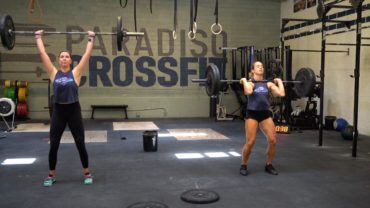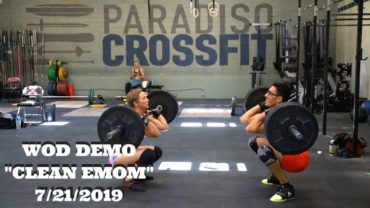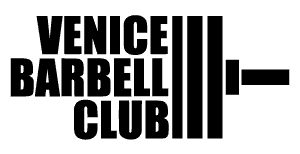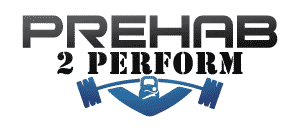Train, Train, Train…Recover
Track Night at Venice High at 6pm and Yoga at 8pm – Sign up
Wednesday February 12, 2014
PreHab
Theraband Shoulder Routine
Gristle/Groiner
Keg Drill, 1 minute
Warm Up
Run 400m
2 Rounds:
10 Lat Activations
10 Good Mornings
10 Lunges
5 Overhead Squats
5 Snatch Balance
Strength
A) Snatch Balance: 4 x 3 – light/moderate
B) Walking Lunges: 3 x 20 – heavier than last week
Notes: Keep the weight light to perfect the movement and allow you to drop under the bar in your deepest possible squat with a good lockout. Practice bringing the bar down to the back between reps. There will be 4 sets of Snatch Balance and 3 Sets of lunges. The lunges will be between the Balances but you will end on the 4th set of Balances. Newer athletes may sub snatch balance with Push Press.
Classic Conditioning
AMRAP 10 minutes:
7 Power Cleans (135/95/65#)
7 Pull Ups
Notes: This is meant to keep athletes moving through the 10 minute piece. This is will be very grip intensive. Find a pace that allows you to keep getting reps and transition smoothly.
Advanced Conditioning
21-15-9 of:
Power Clean (135/95#)
Chest to Bar Pull Ups
Cool Down
Wrist Stretch Routine
Samson Stretch
20 Wall Extensions
I have posted about rest days and recovery previously in this blog but I want to bring it up again as many of our athletes are ramping up for the Open and all members are challenging themselves throughout the week with harder progressions and heavier weights. To become fitter and stronger, an athlete most follow the rules of progressive overload. That means that the weights, range of motion, and volume most always be increasing over the long term for an athlete to continue to progress. As a an athlete advances, returns diminish and many choose to increase training volume by limiting rest days rather than training harder on training days. The most consistent and highest performing athletes in the gym are the most consistent with their rest days. They train incredibly hard on training days. They always are trying to put more weight on the bar, complete more reps, and push for faster times. They train close to the edge and then they rest and truly recover as the programming dictates. For most of us, that is every Thursday and Sunday.
I see a lot of athletes try to increase their volume limiting rest days or taking none. They might follow a program but will run or row or go to class because they feel like they can and that they need to constantly be doing something to improve. I am stressing with this post that training hard and making progress is incredibly dependent on recovery. Your muscles most rest to recover and become stronger. Not taking rest days inevitably wears down an athlete’s nervous system, inflammation response, and hormonal stress levels. The weights will feel heavier, you will move slower, and your motivation will suffer. My advice as always, is to come into the gym and train to the absolute limit of your abilities. Do this upwards of 5 days a week. On your rest days try to stay moving, mobilize, eat and generally relax. Mentally prepare for your next training day and plan how you will attack each movement and conditioning piece. This is a long term process and making progress is grounded in athlete’s ability to train hard and adequately recover.















